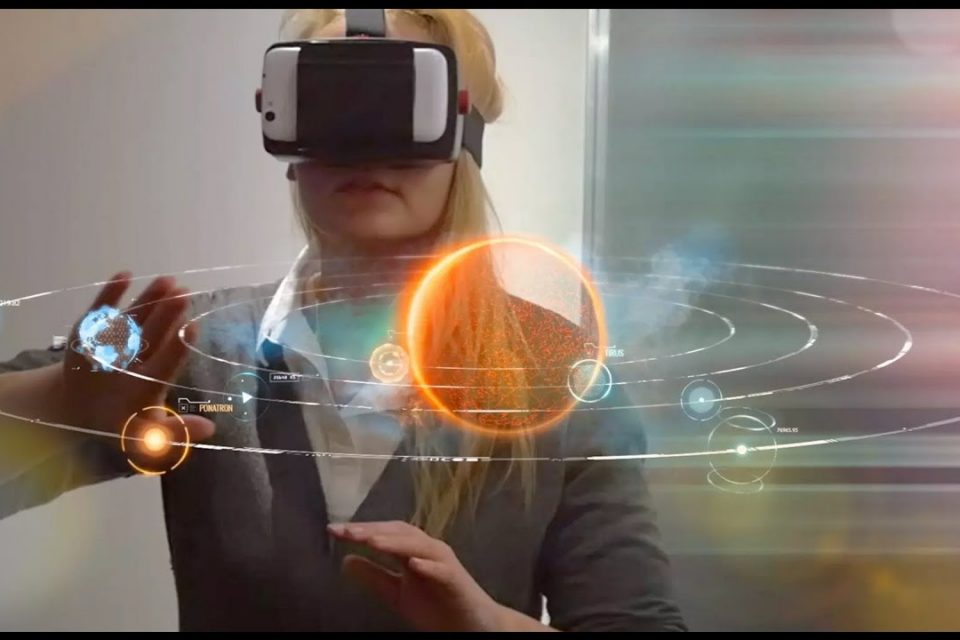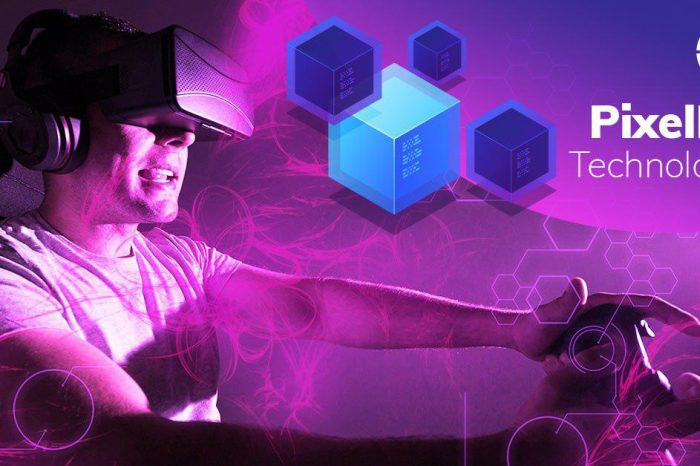Captive App: The Future of AR and Gamification

Augmented Reality (AR) is used to enhance a user’s real-world experience through the placement of virtual objects or other elements using technology such as digital headsets or even a smartphone camera. While AR and Virtual Reality (VR) are occasionally confused, AR offers certain benefits over VR in terms of accessibility and affordability. VR works within a completely virtual and digitally altered landscape, while as AR can work within and alongside our already existent reality.
AR is the perfect partner to gamification. Both technologies enhance user experience in multiple realms. There are numerous industries currently employing this partnership; however, few companies are using them to the same revolutionary effect as Captive. Captive is revolutionary in that it combines blockchain technology and cryptocurrency with AR-based gamification.
The Current State of AR
AR is currently being used across sectors, from architecture and navigation to entertainment and tourism. Currently, AR is proving an excellent tool in education as well. AR-based educational technologies are useful to teachers and students alike. Lifeliqe, for example, allows classrooms to extend comprehension through 3D models. It creates a science learning experience that is more hands-on and visual than previous learning models.
In addition, retail has employed AR technologies to make the shopping experience more immersive. Consumers can customize their shopping experience and choose products without needing to be present in-store. Gap, for example, created the DressingRoom app, allowing users to try on potential purchases virtually. They can choose the right size and style without ever entering a dressing room.
AR is already transforming experiences across most major sectors, and the use of gamification is only going to continue to enhance this technology. Implementing cryptocurrency and blockchain will further revolutionize the sector, completely changing the way that consumers interact with influencers and brands.
AR and Gamification
Gamification is the process of making experiences more interactive and engaging. The concepts that make games rewarding and enjoyable can be applied to everyday activities such as learning and shopping. Gamification will prove pivotal to AR, making it accessible to the public and transforming the technology into an integral part of everyday life.
Gamification is currently present throughout many sectors of our lives, typically in order to control or learn new skills and behaviors. One of the most popular gamification apps currently in existence is Duolingo, which trains users to learn a new language through the use of gamification. There are also gamification apps encouraging users to live healthier lifestyles or to play an instrument.
Both AR and gamification encourage people to interact with the world in new, more interesting ways. As a result, it’s no surprise that gamification will be the future of AR. Its ability to influence and encourage new behaviors means that it offers immense possibilities in fields ranging from self-improvement to retail. Pokémon GO is perhaps the most well-known example of how gamification works to influence consumer behavior. In pursuit of Pokémon characters, customers were encouraged to enter different stores. Each capture could result in discounts or other deals. Consumers benefited through an entertaining way to save money and have new shopping experiences, and retailers built a new base and increased their visibility.
Pokémon Go proved that the conditions for AR-based gamification are ones in which users are eager to engage the new technology. The game was disruptive in that users interacted with brands in new ways. Captive will further disrupt the industry through the fusion of AR, gamification, cryptocurrency, and blockchain. According to its website, Captive is “creating a new ecosystem of ‘engagement’ marketing where companies, influencers, technology, and customers come together in a new and exciting way.”
The Captive App encourages users to find Captive coins and tokens, which are assets created using blockchain. These are earned by visiting various brick and mortar locations that use AR and influencers to create a unique shopping experience, or the coins can be earned through the creation of AR experiences. Captive’s ecosystem is unique in that it disrupts the current marketing and advertising industry, creating a system through which consumer, brand, developer, and influencer can interact in increasingly exciting ways without the dependence on a middleman. This is possible through cryptocurrency and blockchain.
Da Phakousonh, the co-founder of Captive, put it this way:
“Blockchain is the most disruptive technology of our time. What other technology has caused governments, banks, and the wealthy to scramble to stop it, when in reality, all they can do is slow it down until they figure it out themselves. It’s a revolution that is happening today without any violence or guns being drawn. It’s a redistribution of wealth and power.”
AR and gamification are readily accessible, and only growing increasingly so as technology continues to advance. Due to the widespread use of smartphones, and the ease of access to AR-based gamification technologies through this medium, users can experience content and absorb new material regardless of location. As a result of this flexibility, and due to its mass potential, gamification is sure to play a crucial role in the development and diffusion of AR technology.
Captive is unique from other gaming apps. For one, it can be used across sectors. While the game can be used in retail, it can also be used in tourism, media, education, advertising, and the arts. In addition, the use of cryptocurrency and blockchain can radically disrupt the existent AR eco-system. It opens up the possibility of new ways of interaction. It is this lack of restriction and sheer potential for change that makes Captive an example of the future uses of AR and gamification: One without traditional limits.
Discuss this news on our Telegram Community. Subscribe to us on Google news and do follow us on Twitter @Blockmanity
Did you like the news you just read? Please leave a feedback to help us serve you better
Disclaimer: Blockmanity is a news portal and does not provide any financial advice. Blockmanity's role is to inform the cryptocurrency and blockchain community about what's going on in this space. Please do your own due diligence before making any investment. Blockmanity won't be responsible for any loss of funds.














